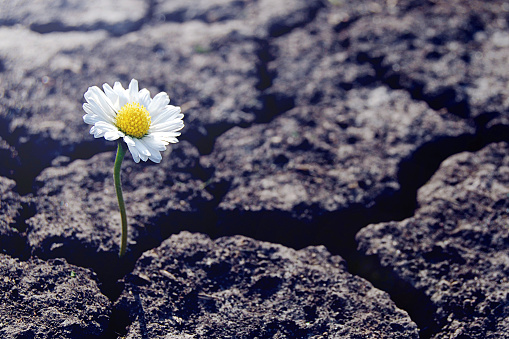

Whilst no one can deny the global disaster that COVID-19 presented, we can choose how we look at it and approach things. As CSR experts, we could decide to see the pandemic as an opportunity to play a meaningful role, learn, evolve, and think outside the box, or we could lose ourselves in the negativity and panic that prevailed.
Over the last 14 months, we have seen some CSR bodies approach the pandemic as an opportunity wherein they grew, whilst others did not and had an altogether different experience. In this way, we can see how far the CSR sector has come in the seven short years that mandatory CSR has been in place. And how, if we stay true to the letter of the Law and its spirit, corporates can excel at meeting their corporate social responsibilities and play a crucial role in helping tackle pressing national, geographic, and local issues.
Learnings from the Pandemic
In the face of COVID-19, there were many learnings and insights to be gained within the CSR sector. On the other hand, the challenges were immense for those involved in the direct implementation. But some fundamental learnings were gained, which should be shared and talked about:
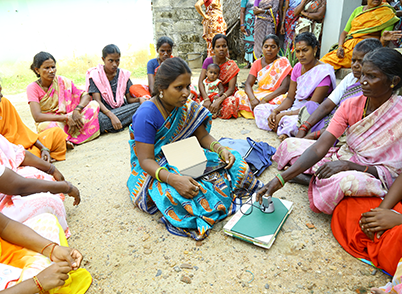 Harnessing Community Leaders: Those who took the time and money to invest in the development of people were able to quickly mobilise. With people-led institutions in place on the ground (farmer producer companies, women’s federations, SHGs and Farmer Groups, among others), companies could quickly reach out to community members with information by creating a Single Point of Contact (SPOC) in each community. By choosing one or two people who could relay information to their communities, CSR teams could swiftly disseminate information to help curb the impact of COVID-19. This reinforced the fact that CSR should focus on enabling local people to play a crucial role in addressing local problems. Whilst the road may be longer, in the end, a cadre of local leaders stands strong long after a corporate has left a community. By investing in grassroots people, one could rely on them at the coal face and know that they could, and would, get the job done.
Harnessing Community Leaders: Those who took the time and money to invest in the development of people were able to quickly mobilise. With people-led institutions in place on the ground (farmer producer companies, women’s federations, SHGs and Farmer Groups, among others), companies could quickly reach out to community members with information by creating a Single Point of Contact (SPOC) in each community. By choosing one or two people who could relay information to their communities, CSR teams could swiftly disseminate information to help curb the impact of COVID-19. This reinforced the fact that CSR should focus on enabling local people to play a crucial role in addressing local problems. Whilst the road may be longer, in the end, a cadre of local leaders stands strong long after a corporate has left a community. By investing in grassroots people, one could rely on them at the coal face and know that they could, and would, get the job done.
Today, there are incredible grassroots stories of on-ground health workers taking mobile phones and tools like flipbooks to educate their communities, farmers meeting regularly via Zoom and Google Meet, and youth turning to tablets to continue in their skill training and studies – all because of the agility of CSR teams in going digital and taking their communities with them.
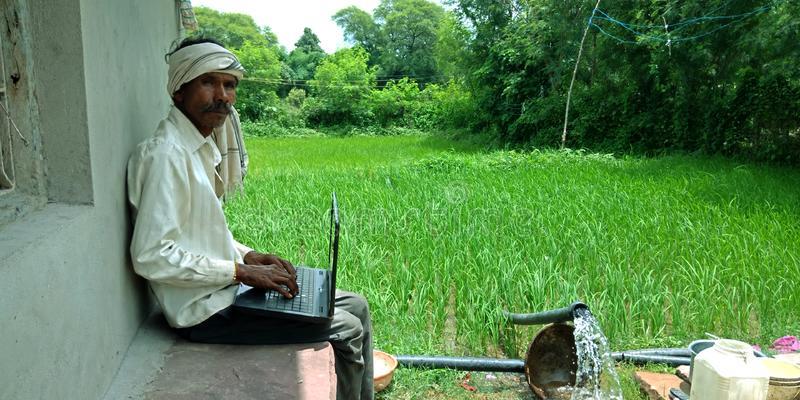 Go Digital: The pandemic also taught us that face to face is no longer a necessity. Those CSR arms that were swift to transition to digital modes of connecting, and supported their communities to follow suit, were able to stay ahead of the curve. Today, there are incredible grassroots stories of on-ground health workers taking mobile phones and tools like flipbooks to educate their communities, farmers meeting regularly via Zoom and Google Meet, and youth turning to tablets to continue in their skill training and studies – all because of the agility of CSR teams in going digital and taking their communities with them.
Go Digital: The pandemic also taught us that face to face is no longer a necessity. Those CSR arms that were swift to transition to digital modes of connecting, and supported their communities to follow suit, were able to stay ahead of the curve. Today, there are incredible grassroots stories of on-ground health workers taking mobile phones and tools like flipbooks to educate their communities, farmers meeting regularly via Zoom and Google Meet, and youth turning to tablets to continue in their skill training and studies – all because of the agility of CSR teams in going digital and taking their communities with them.
Agility is Essential: The swiftness of the national lockdown forced the entire sector into a new way of operating. There was a need to reinvent ways of doing things and roll out new initiatives to meet the emerging needs on the ground in the light of this disaster. Those CSR arms that could pivot quickly and with agility could make a bigger impact and, more importantly, garner the trust of the community by being there for them in their hour of need. Those who failed to do so missed a crucial opportunity to help, make a difference, and foster deep community relationships.
In this way, as with all things in life, there was a silver lining in the face of this global disaster.
The Changing Face of CSR
Whilst the CSR sector has evolved in the past seven years, there are some schools of thought who that believe a centralised, autonomous body to govern CSR in the country is required. This thought has probably been centred around generating more equity in investment across the development sector. And whilst the intent may be pure, there are many reasons why such a body is neither needed nor welcome.
Whether the body played an advisory role or as a conduit for centralising funds, the worry is that it will be set up in a city setting run by one group of people, with one group of thinking or agenda – a largely urban set of thinking which is often detached from the larger concerns of the country in rural India. Once again, there will be issues and geographies that will be neglected. Inevitably, all these think tanks and advisory groups are based in and guided by experts in big cities and will focus on what they know and experience.
With reports of the sudden need for oxygen therapy in cities, the demand for oxygen concentrators went into many thousands. Imports increased but most of it got directed into the cities because the advisors saw that as the priority. The already public-health-starved remote areas remained where they were. No ventilators, no piped oxygen, and now, no availability of oxygen concentrators as well. Thanks to the flexibility of using our CSR funds the way we consider the best, some of us continued to focus on our remote areas, saving lives there too.
A good example of this was seen recently with a desperate need for oxygen in the country. During the peak of the first wave in India in mid-2020, it was realised that oxygen concentrators were a great solution in the remotest geographies as they enabled primary and community healthcare centres to manage basic oxygen therapy without transporting patients through long distances to reach district/larger hospitals where oxygen plants and 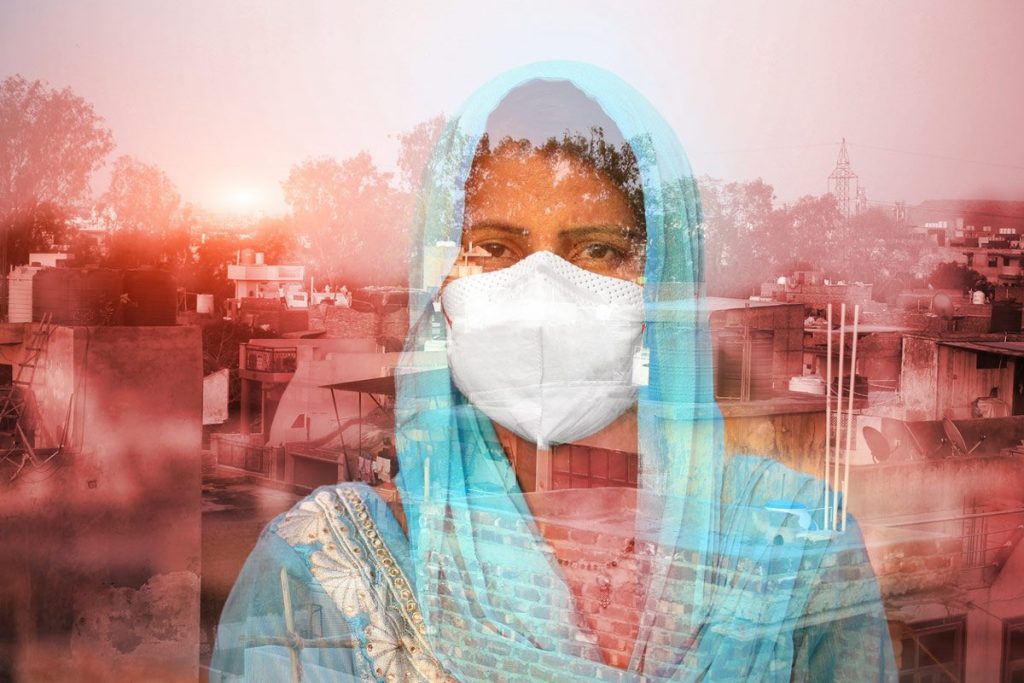 ventilators were available. The impacts on saving lives were phenomenal. Fast forward to March 2021 and the second wave. With reports of the sudden need for oxygen therapy in cities, the demand for oxygen concentrators went into many thousands. Imports increased but most of it got directed into the cities because the advisors saw that as the priority. The already public-health-starved remote areas remained where they were. No ventilators, no piped oxygen, and now, no availability of oxygen concentrators as well.
ventilators were available. The impacts on saving lives were phenomenal. Fast forward to March 2021 and the second wave. With reports of the sudden need for oxygen therapy in cities, the demand for oxygen concentrators went into many thousands. Imports increased but most of it got directed into the cities because the advisors saw that as the priority. The already public-health-starved remote areas remained where they were. No ventilators, no piped oxygen, and now, no availability of oxygen concentrators as well.
Thanks to the flexibility of using our CSR funds the way we consider the best, some of us continued to focus on our remote areas, saving lives there too.
The CSR Law was crafted and has evolved based on consultations with industry, and already there are guidelines in place within the Act itself that have been framed based on the vast needs of India. The addition of yet another layer of guidelines in the form of a body presents the danger of CSR becoming ‘too prescriptive.’ This will also take away from the spirit of the Law.
Whilst discussion has centred around an autonomous governing body playing an advisory role, which in itself presents problems, there is also the inevitable talk about creating a centralised fund – something that has been tried in the past and which has not been the preferred choice for many corporates. The country does not need another conduit for channelising funds.
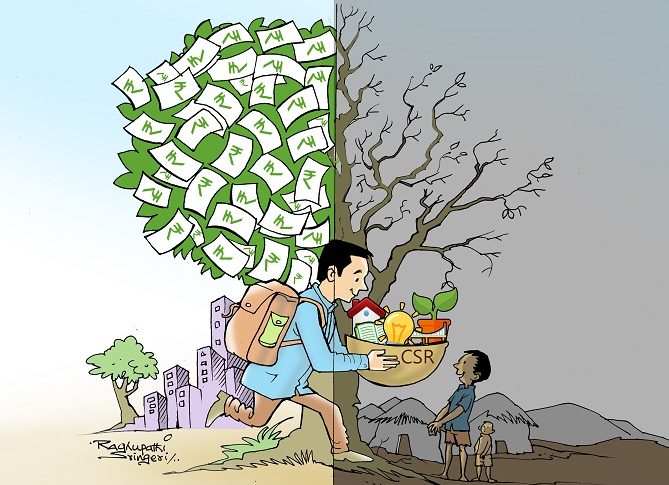 Each corporate needs to be given the choice to focus on stakeholders of their choice as long as they comply with the list detailed in Schedule VII. Whilst there may be an inequitable distribution of corporate spending across States and causes, we cannot expect corporates to take care of all the different stakeholders in all parts of the country. There is a need to look to other funds to fill the gaps left by corporate, and with Government being the biggest funder, there is an onus to generate more accountability in that direction.
Each corporate needs to be given the choice to focus on stakeholders of their choice as long as they comply with the list detailed in Schedule VII. Whilst there may be an inequitable distribution of corporate spending across States and causes, we cannot expect corporates to take care of all the different stakeholders in all parts of the country. There is a need to look to other funds to fill the gaps left by corporate, and with Government being the biggest funder, there is an onus to generate more accountability in that direction.
Whilst discussion has centred around an autonomous governing body playing an advisory role, which in itself presents problems, there is also the inevitable talk about creating a centralised fund – something that has been tried in the past and which has not been the preferred choice for many corporates. The country does not need another conduit for channelising funds.
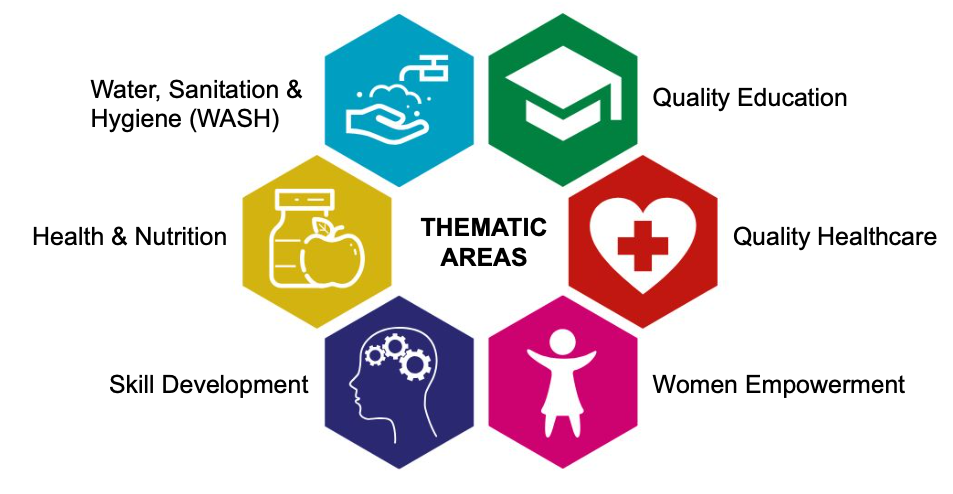 Each corporate is best equipped to know what is needed in its geographies – understands the needs of its primary stakeholders and invest accordingly. Many corporates have a long-term strategy planned out and are already actively addressing livelihoods, environment, climate, water, and health, among others, all of which fall within India’s national agenda. By pouring all our resources into a centralised programme, and with emerging changes in those, what would happen to the existing programmes? Do we allow farmers and youth to starve without a livelihood and communities to go without water when funds are channelised into a priority national issue that may at that time look like the predominant one – like we have currently in COVID-19?
Each corporate is best equipped to know what is needed in its geographies – understands the needs of its primary stakeholders and invest accordingly. Many corporates have a long-term strategy planned out and are already actively addressing livelihoods, environment, climate, water, and health, among others, all of which fall within India’s national agenda. By pouring all our resources into a centralised programme, and with emerging changes in those, what would happen to the existing programmes? Do we allow farmers and youth to starve without a livelihood and communities to go without water when funds are channelised into a priority national issue that may at that time look like the predominant one – like we have currently in COVID-19?
The CSR Law has already put in place a governance mechanism where company board directors are involved in guiding investments, and in further developments, the Chief Financial Officer to monitor its utilisation.
This responsibility entrusted to Independent Directors and the CFO is, in itself, a workable system. So why the need for another think tank to prescribe to corporates on how to use their funds?
Several mechanisms are already in place – an empowered CSR Committee at the Board level, public disclosure of the projects and funds, the inclusion of impact studies of projects, also publicly disclosed to ensure transparency. Now it is time to let this system be, allow India Inc. to meaningfully engage in CSR the way they consider best and minimise the interference.
Let us allow CSR to prevail in true spirit.
Pearl Tiwari is the Director and CEO of Ambuja Cement Foundation.

